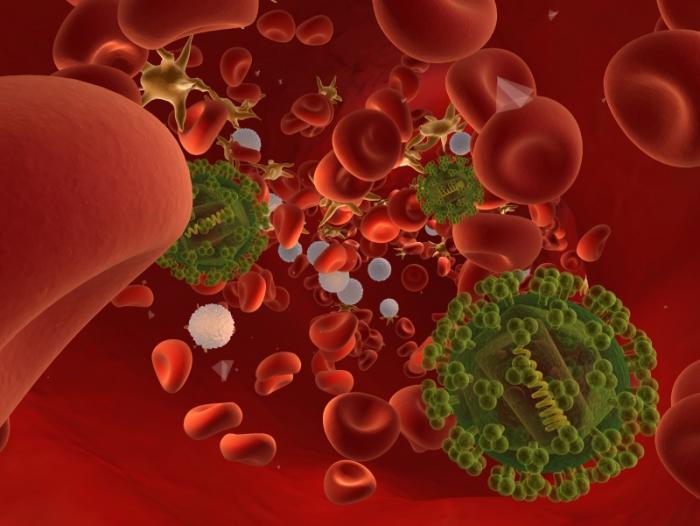Last updated: 5 January 2015 at 7am PST by David McNamee
Several clinical trials have shown that HIV vaccines can "backfire" and lead to increased rates of infection. Now, a new study published in the Proceedings of the National Academy of Sciences suggests an explanation for this backfire effect.

"This study shows that if a vaccine induces high levels of activated CD4+ T cells in mucosal tissues, any potential protective effect of the vaccine may be hampered," senior author Guido Silvestri explains.
Senior author of the new study, Guido Silvestri, chief of microbiology and immunology at Yerkes National Primate Research Center at Emory University in Atlanta, GA, says:
"One of the reasons why it has been so difficult to make an AIDS vaccine is that the virus infects the very cells of the immune system that any vaccine is supposed to induce."
Research into developing vaccines for HIV/AIDS has largely focused on stimulating antiviral T cells.
Of the two main groups of T cells, CD4+ T cells are "helper" cells known to be targets for HIV and its non-human primate equivalent simian immunodeficiency virus (SIV), while CD8+ T cells are "killer" cells that some studies have suggested may be valuable in controlling infection.
The new study proposes that vaccine researchers may need to avoid vaccines that activate too many of the viral target cells in mucosal tissues.
Silvestri and colleagues immunized rhesus macaques with five different combinations of SIV vaccines. The monkeys received booster shots following their initial immunization at 16 and 32 weeks.
The vaccines in the study deviated from the norm for SIV vaccines because they encode the SIV proteins on the inside of the virus only. The researchers did this as part of what they call a "reductionist approach," to test the effects of cell immunity to the virus without stimulating the production of neutralizing antibodies.
CD8+ T cells did not prevent SIV infection
Following immunization, the rectums of the monkeys were exposed to SIV once per week, up to 15 times in total. The team found that the immunization did not generally prevent SIV infection. Although "killer" CD8+ T cells were detected circulating in all the immunized monkeys, the researchers found no correlation between these levels of CD8+ cells and reduced likelihood of infection.
However, the team do report one important finding - the monkeys that became infected exhibited higher levels of activated CD4+ T cells in rectal biopsies prior to infection.
"This study shows that if a vaccine induces high levels of activated CD4+ T cells in mucosal tissues, any potential protective effect of the vaccine may be hampered," Silvestri explains.
The take-home message from this study, the researchers say, is that HIV vaccine developers should pursue concepts and products that provoke a strong antiviral immune response without increasing the number of "helper" CD4+ T cells in portals of entry for the virus.
In 2013, Medical News Today reported on the development of a new type of nanoparticle that can deliver vaccines to the lungs. This nanoparticle vaccine could help protect against HIV, as well as other sexually transmitted diseases and respiratory infections, say its creators, from Massachusetts Institute of Technology (MIT).
The MIT team developed the vaccine to establish a "front line of defense" at mucosal surfaces - such as those in the lungs - as it is through these mucosal surfaces that many viruses and bacteria infect humans.
No comments:
Post a Comment